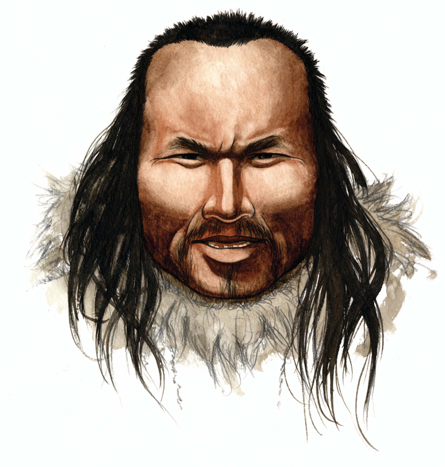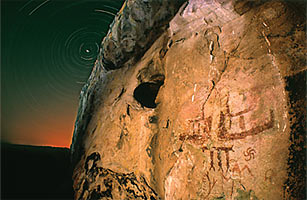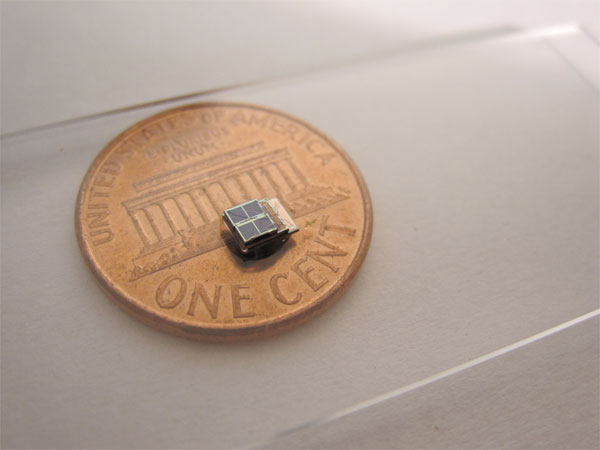
A nearly complete sequence of nuclear DNA extracted from strands of the long-dead man's hair - the first such sequence obtained from an ancient person - highlights a previously unknown and relatively recent migration of northeastern Asians into the New World about 5,500 years ago, scientists say.
An analysis of differences, or mutations, at single base pairs on the ancient Greenlander's nuclear genome indicates that his father's ancestors came from northeastern Siberia, report geneticist Morten Rasmussen of the Natural History Museum of Denmark in Copenhagen and his colleagues in the Feb. 11 Nature.





